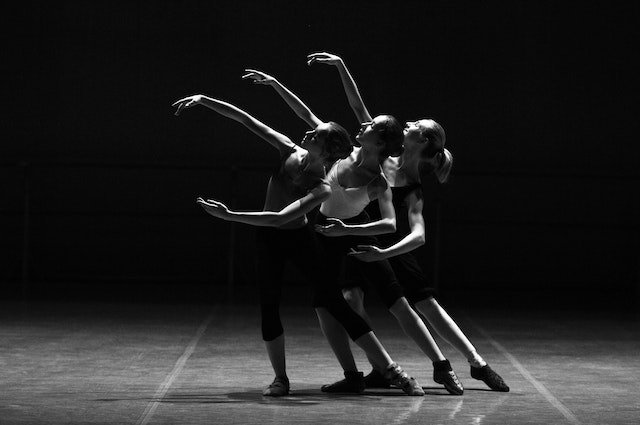Dance is an art form that has been a part of human culture for centuries. It is a physical expression of emotion, creativity, and cultural identity. Whether it is classical ballet, hip hop, or traditional folk dance, dance has the ability to convey emotions and tell stories in a unique and powerful way. In this blog post, we will explore the history of dance, its various forms, and its benefits for physical and mental health.
History of Dance
Dance has been a part of human culture since the earliest recorded times. In ancient civilizations, dance was used for religious and ceremonial purposes, and it was believed to have healing properties. Over time, dance became a form of entertainment and social expression, with different cultures developing their own unique styles and traditions.
In the Middle Ages, dance evolved into courtly forms such as ballroom dancing, which became popular among European nobility. In the 19th century, ballet emerged as a highly stylized form of dance, which combined music, movement, and storytelling in a cohesive artistic expression. In the 20th century, new forms of dance such as hip hop, jazz, and contemporary dance emerged, which incorporated elements of street culture and modern movements.
Types of Dance
There are many different types of dance, each with its own unique style and movements. Here are some of the most popular dance styles:
-
Ballet - A highly stylized and formal dance form that emphasizes grace and fluidity of movement.
-
Jazz - A more modern dance form that emphasizes fast-paced movements and improvisation.
-
Hip Hop - A popular urban dance form that incorporates street style and movements.
-
Contemporary - A modern dance form that combines ballet and jazz movements with creative expression and storytelling.
-
Tap - A dance form that emphasizes percussive footwork and rhythm.
Benefits of Dance
Dance has many benefits for physical and mental health. Here are some of the most important benefits of dance:
-
Improves physical fitness - Dancing is a great form of exercise, which can improve cardiovascular health, increase flexibility, and build muscle strength.
-
Boosts self-esteem - Dance can improve confidence and self-esteem by promoting body positivity and self-expression.
-
Reduces stress - Dancing can be a great stress-reliever, as it allows for self-expression and promotes feelings of joy and happiness.
-
Improves cognitive function - Dancing requires concentration and focus, which can improve cognitive function and memory.
-
Socialization - Dance is a great way to meet new people and build social connections, which can improve mental health and well-being.

In conclusion, dance is a powerful art form that has the ability to bring people together, tell stories, and promote physical and mental health. Whether you are a professional dancer or just enjoy dancing for fun, it is an activity that can be enjoyed by people of all ages and backgrounds. So put on your dancing shoes and get ready to move to the beat!

